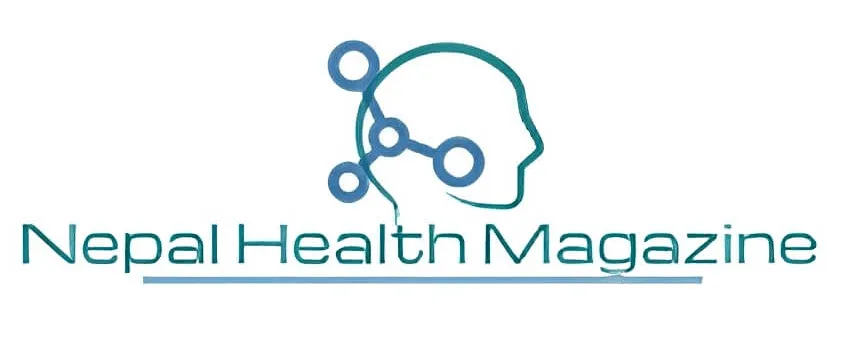BreathLife: A global campagain for clear air; The WHO and the UN Environment-hosted CCAC recently launched the BreatheLife campaign, www.breathelife2030.org a new awareness raising initiative aimed at explaining to the broader public the health and climate impacts of air pollution and calling for policy and individuals to act, to make a difference. The campaign will build an alliance of “BreatheLife” cities working on air pollution reductions, and showcase their success stories of progress. The campaign is part of the
rollout of a new World Health Asssembly Road Map for an Enhanced Global Response to Air Pollution (2016) as well as United Nations Environment Assembly’s 2014 resolution calling for strengthened action on air pollution. The campaign will advocate for solutions to reduce air pollution and short-lived climate pollutants based on the joint WHO/CCAC technical review: Reducing Global Health Risks from Reductions in Short-Lived Climate Pollutants (WHO, 2015).
Air pollution is responsible for an estimated 6.5 million deaths annually, or one in nine premature deaths every year.
This makes it the world’s largest environmental health risk, and among the largest global health risks – comparable with “traditional” health risks such as smoking, high cholesterol, and obesity.
Some 4.3 million air pollution-related deaths are due to household air pollution and another 3 million deaths are due to outdoor air pollution. Most air pollution-related deaths are from non-communicable diseases (see figure). In terms of
global disease burden, air pollution is the cause of over one-third of deaths from stroke, lung cancer, and
chronic respiratory disease globally, and one-quarter of deaths from ischaemic heart disease.
The air pollutant most closely linked to excess death and disease is PM2.5 (particulate matter less than 2.5 micrometres in diameter), emitted from motor vehicles, power plants, industrial processes, and the combustion of biomass, coal and kerosene. Ground-level ozone is another pollutant that causes significant respiratory illness, including chronic asthma. Methane from waste dumps and diesel vehicle emissions are both major contributors to ground level ozone formation.
Table of Contents
Key Highlights
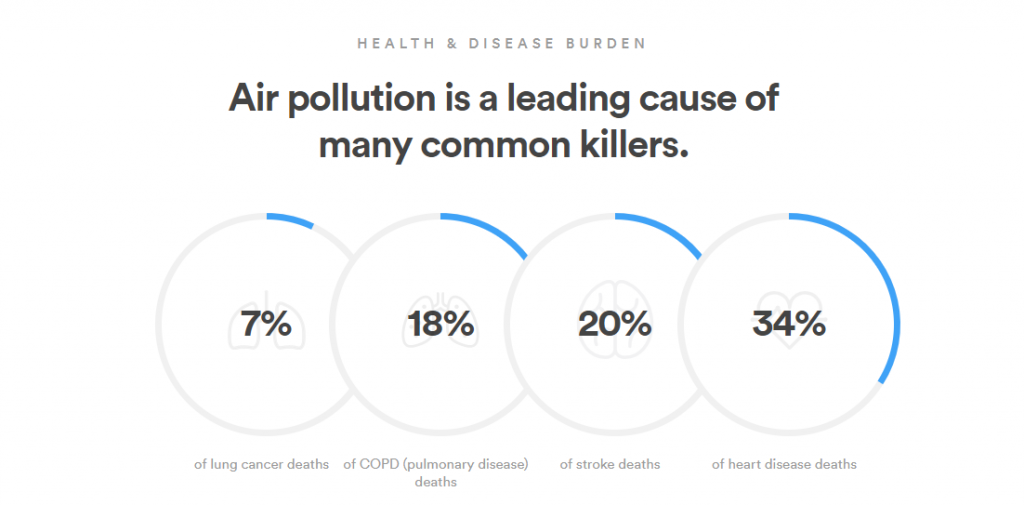
AIR POLLUTION AND CLIMATE NEXUS
Black Carbon is a “short-lived climate pollutant” (SLCP) that is a major component of health- harmful PM2.5 air pollution – particularly from diesel vehicles, diesel engines, coal and biomass stoves and waste incineration. Since black carbon persists for only a short time in the atmosphere, reducing black carbon emissions can have significant near-term climate
and health benefits. Ground-level Ozone is also an SLCP, formed by a mix of air pollutants typically emitted over cities or nearby rural areas, including methane (another SLCP) from urban sewage, waste, and agriculture, as well as oxides of nitrogen from vehicles. Along with being a key factor in respiratory illness, ozone decreases crop yields.
Where are we ?

37,399 Annual Deaths from air pollution

BENEFITS TO THE MOST VULNERABLE
Reductions in air and climate pollutants benefit low-income groups, as well as women and children. Women and children
involved in domestic work are disproportionately exposed to household air pollution. Urban air pollution levels also tend to be higher in many low- and middle-income cities and in poor neighborhoods of high-income cities situated close to traffic and industrial sites. Reductions in SLCPs and associated air pollutants can therefore have particularly large benefits for lower income groups, as well as women and children. The elderly and individuals with pre-existing lung or heart diseases susceptible to air pollution would also benefit. It is important to remember, however, that urban air pollution disperses very widely. Ozone pollution levels may often be highest on the urban periphery. So rich and poor alike benefit when SLCP emissions, and consequent air pollution, are reduced.
In a nutshell,
WHAT CAN WE DO?
Urban Air Pollution
A key focus of the BreatheLife campaign will be cities where urgent action on air pollution is needed to improve the health and well-being of over half of the world’s population. More than 80% of people living in urban areas that monitor air pollution are exposed to air quality levels that exceed the WHO guideline limits, with 98% of large cities in low-income regions suffering from unhealthy air quality. Many low- and middle-income cities in WHO’s Eastern Mediterranean and South-East Asia Regions suffer from air pollution levels 5-10 times higher than guideline levels. The good news is that improved urban planning along with provision of more energy-efficient buildings; high quality public transit, walking & cycle networks; and methane gas capture from municipal sewage and solid waste can reduce urban air pollution and climate emission, with very large and immediate health benefits. For instance, investing in clean urban transit, pedestrian and bike networks not only reduces emissions but can reduce traffic injury and support physical activity. More physical activity, in turn, helps reduce obesity and obesity related- diseases .
A new Urban Health Initiative (UHI) led by WHO in collaboration with the CCAC, World Bank, Norway, and other partners, aims to raise awareness of the linkages between SLCPs, air pollutants and health, and build health sector capacity to address these issues, and stimulate intersectoral collaborations that reduce emissions.
Household/Indoor Air Pollution
A second thrust of air pollution reductions is in the home, where 3 billion people still cook with dirty fuels or stove technologies. New WHO guidelines recommend
- a) phasing out household kerosene and coal use;
- b) scaling-up the cleanest household fuels, including LPG, ethanol and biogas; and
- c) transitioning from heavily polluting biomass cookstoves to cleaner burning models.
The Global Alliance for Clean Cookstoves, a leading member of the Climate and Clean Air Coalition (CCAC), is
promoting initiatives to develop and distribute improved cookstove technologies. Ensuring adequate stove ventilation, and energy- efficient home design is also critical. Finally, rooftop PV solar systems can provide an alternative to heavily polluting kerosene lamps and diesel generators for kerosene lamps – in homes as well as in health facilities – saving fuel costs and also reducing risks of burns and injuries. Investments are repaid many times over through lower disease rates and
health care costs
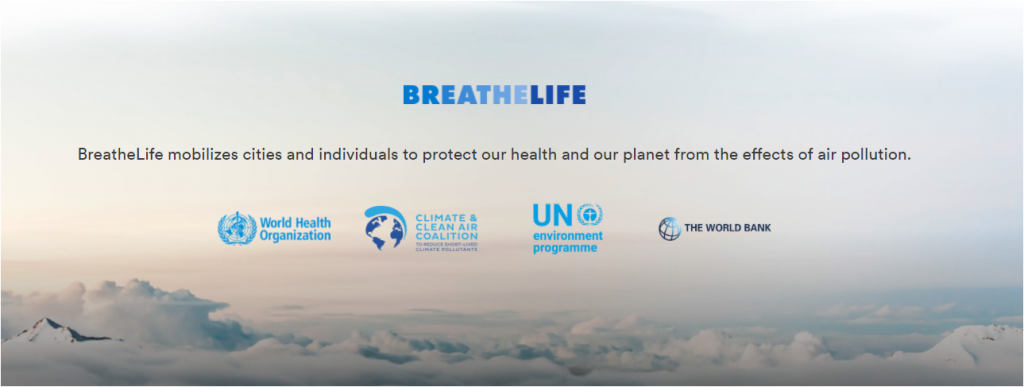
- Ambient Air Pollution (2016): http://www.who.int/phe/health_topics/outdoorair/en/
- Burning Opportunity: Clean Household Energy for Health, Sustainable Development, and Wellbeing of Women and Children (2016):
- http://www.who.int/indoorair/publications/burning-opportunities/en/
- Health and Sustainable Development website: http://www.who.int/mediacentre/events/HSD_Plaq_02.2_Gb_def1.pdf
- Health in the Green Economy series: http://www.who.int/hia/green_economy/en/
- Indoor Air Quality Guidelines: Household fuel combustion: http://www.who.int/indoorair/guidelines/hhfc/en/
- Reducing Global Health Risks Through Mitigation of Short-Lived Climate Pollutants (2015): http://www.who.int/phe/publications/climate-reducing-health-risks/en/
- Webinar on World Hand Hygiene | Register today
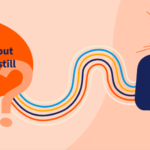 Webinar on World Hand Hygiene | Register today: Each year the WHO’s World Hand Hygiene day aims to maintain a global profile on the importance of hand hygiene in health…
Webinar on World Hand Hygiene | Register today: Each year the WHO’s World Hand Hygiene day aims to maintain a global profile on the importance of hand hygiene in health… - World’s First 5-in-1 vaccine against meningitis | Men5CV
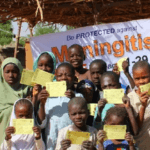 World’s First 5-in-1 vaccine against meningitis | Men5CV:In a historic move, Nigeria has become the first country in the world to roll out a new vaccine (called Men5CV) recommended by…
World’s First 5-in-1 vaccine against meningitis | Men5CV:In a historic move, Nigeria has become the first country in the world to roll out a new vaccine (called Men5CV) recommended by… - World Health Worker Week 2024 | Know theme
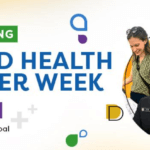 World Health Worker Week 2024 | Know theme:This World Health Worker Week will bring together advocates, health workers, practitioners, leaders, and communities around the world to call for greater funding…
World Health Worker Week 2024 | Know theme:This World Health Worker Week will bring together advocates, health workers, practitioners, leaders, and communities around the world to call for greater funding… - World Autism Awareness Day 2024 | Know theme
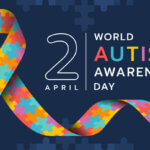 World Autism Awareness Day 2024 | Know theme:Every year, on April 2, the global awareness event of World Autism Day is observed to raise awareness about autism spectrum disorders (ASD).…
World Autism Awareness Day 2024 | Know theme:Every year, on April 2, the global awareness event of World Autism Day is observed to raise awareness about autism spectrum disorders (ASD).… - Staff Nurse | OCH | latest jobs vacancy 2024
 Staff Nurse | OCH | latest jobs vacancy 2024;Okhaldhunga Community Hospital (OCH) is a rural hospital (officially 50 beds), to the east of Kathmandu, one day’s journey by vehicle. We provide…
Staff Nurse | OCH | latest jobs vacancy 2024;Okhaldhunga Community Hospital (OCH) is a rural hospital (officially 50 beds), to the east of Kathmandu, one day’s journey by vehicle. We provide… - World Hepatitis Summit 2024 | WHO
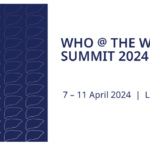 World Hepatitis Summit 2024 | WHO : The World Hepatitis Summit (WHS) will take place from 9–11 April 2024 in Lisbon, Portugal, under the theme “Integrate Accelerate Eliminate”. WHS is…
World Hepatitis Summit 2024 | WHO : The World Hepatitis Summit (WHS) will take place from 9–11 April 2024 in Lisbon, Portugal, under the theme “Integrate Accelerate Eliminate”. WHS is… - Staff Nurse | TLMN | ngo jobs 2024
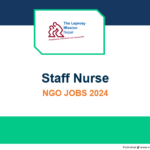 Staff Nurse | TLMN | ngo jobs 2024: TLM Nepal’s FOUND (Fueling Opportunities to end Unemployment for Nepalis with Disability) Project aims to support 2,500 unemployed skilled people with disabilities…
Staff Nurse | TLMN | ngo jobs 2024: TLM Nepal’s FOUND (Fueling Opportunities to end Unemployment for Nepalis with Disability) Project aims to support 2,500 unemployed skilled people with disabilities… - World Health Day 2024 | Know theme
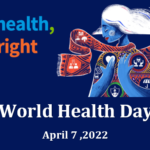 World Health Day 2024 | Know theme: Everyone should have access to the health services they need when and where they need them, without facing financial hardship. So, if you…
World Health Day 2024 | Know theme: Everyone should have access to the health services they need when and where they need them, without facing financial hardship. So, if you…
bachelor jobs bph jobs covid19 health health for all health guidelines new health jobs healthjobs healthjobs in nepal health jobs vacancy health public health update ingo jobs jobs after passing bachelor jobs for bph jobs in nepal jobs in ngo ngo jobs ngo jobs vacancy ngo jobs vacancy for bph ngo job vacancy 2021 nurse jobs nurse jobs 2021 nurse vacancy nursing insurance nursing job nursing jobs nursing jobs 2021 nursing jobs in nepal nursing law nursing officer Nursing Vacancy Public health Public health concern public health important days Public health in Nepal publichealth jobs public health updated Staff Nurse Staff Nurse and HA Vacancy | Nepal Army 2021 staff nurse vacancy staff nurse vacancy in ngo 2021 nepal staff nurse vacancy kathmandu who guidelines WHO official

Hey there, I am Nirdesh Baral, founder of Nepal Health Magazine. I am a Tech geek by passion , Public health practitioner by profession and an Ailurophile by heart and a patriot by birth

